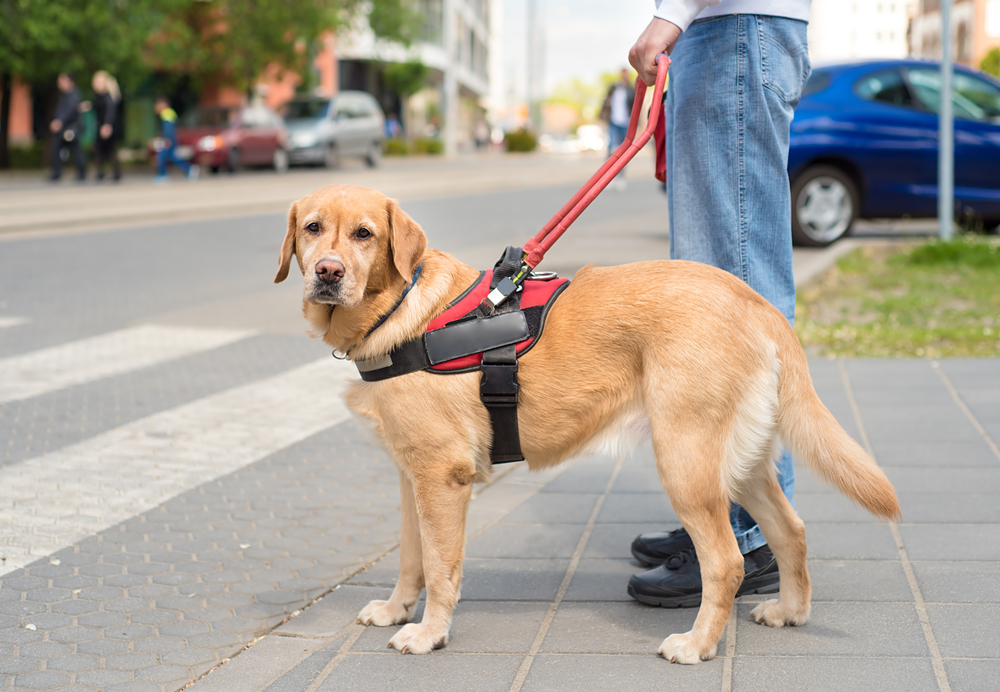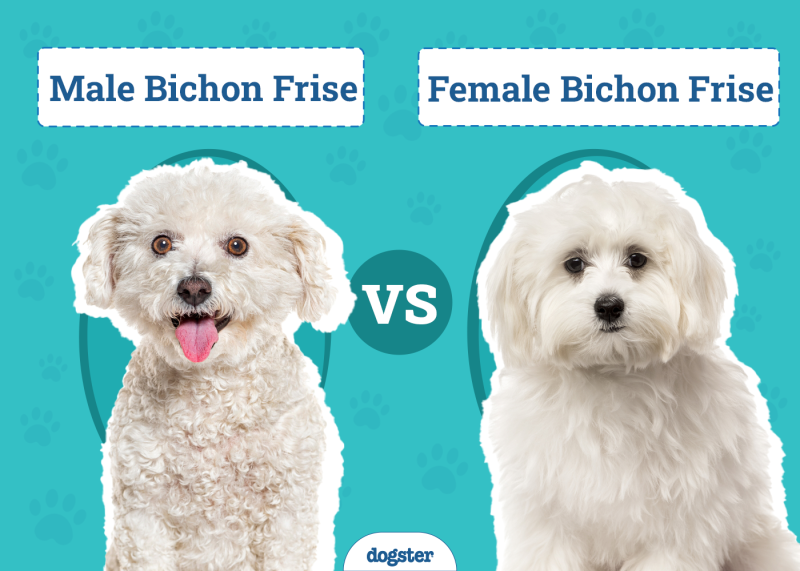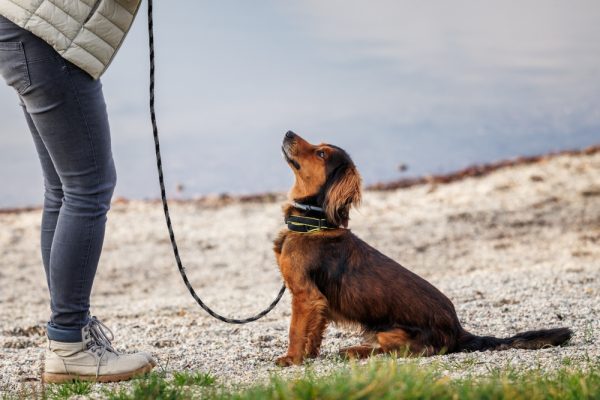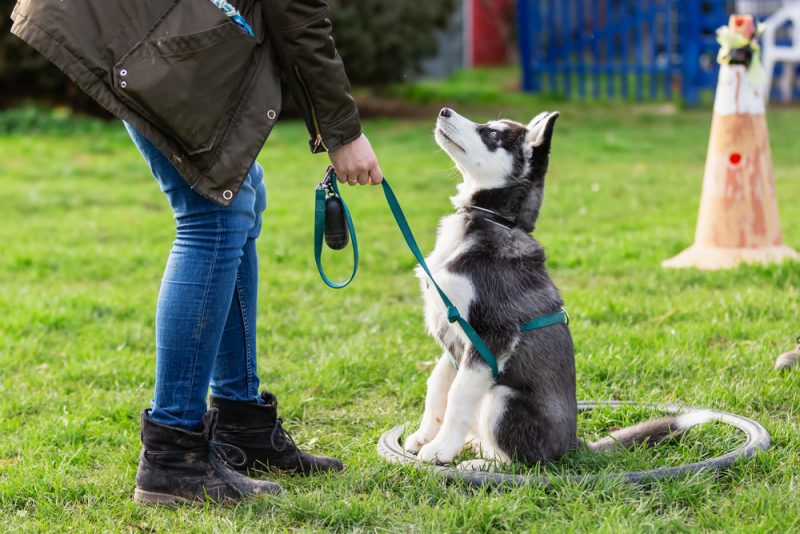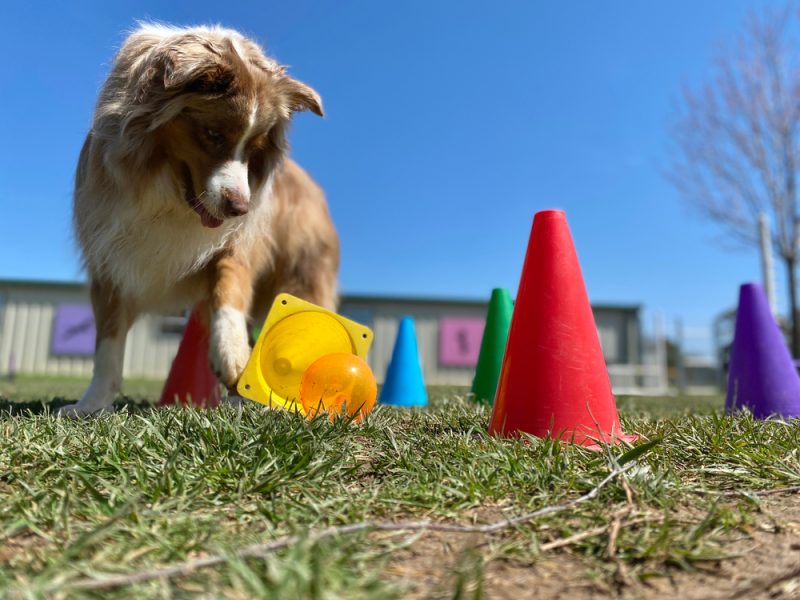Guide dogs aren’t just working dogs; they’re companions that add value to the lives of their handlers. Whether you’re considering getting a guide dog yourself or are just curious about why these pups are so amazing, you need to keep reading. We’re going to review seven reasons why these intelligent and confident pups are life-changing for the folks who need them.

The 7 Things That Guide Dogs Do
1. They Provide Independence
Guide dogs assist their users in traveling safely, allowing them more freedom, confidence, and independence. People who were once unable to leave their homes can navigate different environments safely with their guide dog in tow.
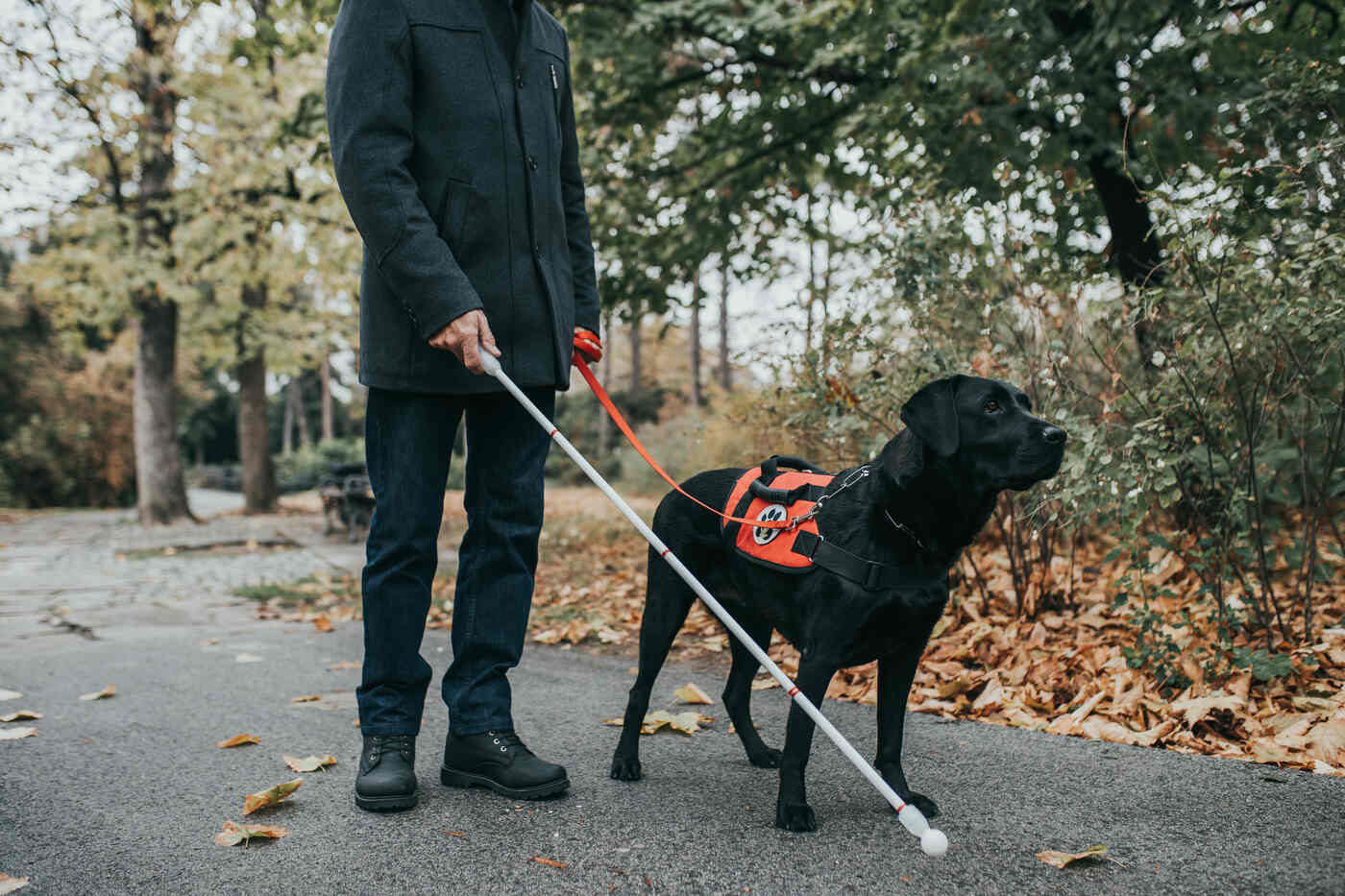
2. They Provide Safety
Guide dogs are trained to lead their humans safely. They have sharp eyes and constantly watch for hazards like tree limbs and power lines. They’re trained to alert their handler to any elevation changes, such as steps and curbs. They’ll also guide their owner cautiously to sidestep uneven or cracked sidewalks. This vigilance ensures their users can navigate their worlds safely.
3. They Help Make Appropriate Decisions
Guide dogs are trained to not only listen to the commands of their owners but also learn how to reason. If their handle tells them they’d like to cross a street as traffic is approaching, the dog knows to disobey the order. This is known as “intelligent disobedience” and occurs whenever a service animal goes against their owner’s instructions to make a better, safer decision.

4. They Remain Task-Focussed
Guide dogs are trained to ignore any distractions that may interfere with their ability to perform their duties. Under no circumstances will they abandon their owners, not even if a squirrel zips across their path.
If a guide dog approaches you on their own, they’re not keen on being pet. Guide dogs approach strange people to draw attention. For example, the person they’re supposed to be guiding may have collapsed.
5. They Promote Physical Activity
Since guide dogs provide their handler with greater independence and safety when leaving home, their owners may feel more comfortable in their ability to go outside and be active when they have their pup by their side.

6. They Promote Social Inclusion
People with mobility problems often experience restrictions for social interaction, which results in feelings of isolation and exclusion. Guide dogs allow their handlers the confidence and freedom to leave their homes, promoting social inclusion.
In 1998, researchers found that 92% of guide dog owners report others stopping and talking to them when they’re out with their dogs.1 Three-quarters of these owners reported making new friends since bringing their guide dog home.
7. They Provide Companionship
Like their non-guide counterparts, guide dogs provide companionship to their handlers. They’re seen as important family members and, in many cases, offer more to their users than possible with human support because they provide an unconditional relationship.
One study found that 93% of guide dog owners report viewing their dog as a valued family member.² Seventy percent turn to their pet for comfort and feel their pet is more important to them as a friend than they are as a working dog.


Final Thoughts
There’s certainly no denying the benefits a guide dog can provide to their handler. They can increase independence, freedom, confidence, and self-worth in their owners, who may otherwise be excluded or isolated. Guide dogs aren’t just highly skilled workers, though; they’re loyal pals that help their handlers be better equipped to set out into the world.
Featured Image Credit: SasaStock, Shutterstock

